Have you ever been drifting off to sleep only to suddenly feel like you’re falling? This startling sensation, often accompanied by a quick jerk of the body, is known as a hypnic jerk. Millions of people experience these sudden twitches, yet many remain puzzled about what causes this phenomenon and whether it indicates a serious sleep disorder. In this article, we’ll explore why we feel like we’re falling when we sleep, the science behind hypnic jerks, and practical tips for improving your sleep quality. We’ll also discuss when these occurrences might warrant a visit to the doctor. Whether you’re interested in sleep science, battling insomnia, or seeking ways to enhance your sleep hygiene, read on to uncover the truth behind this common but fascinating experience.
Hypnic Jerks and the Sensation of Falling: Understanding the Phenomenon
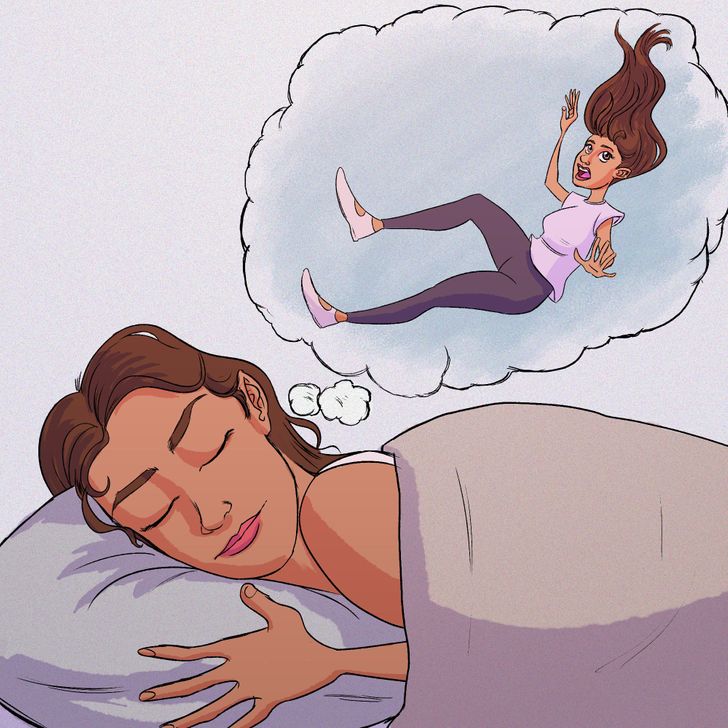
Hypnic jerks, sometimes referred to as sleep starts, are involuntary muscle contractions that occur as you begin to fall asleep. These jerks are typically accompanied by a vivid sensation of falling, causing your body to react suddenly. Although they can be startling, hypnic jerks are usually harmless and occur in healthy individuals.
What Are Hypnic Jerks?
- Definition: A hypnic jerk is an involuntary twitch that occurs during the transition from wakefulness to sleep, known as the hypnagogic state.
- Common Experience: It’s estimated that up to 70% of people experience hypnic jerks at some point in their lives, making it a widespread sleep phenomenon.
- Physiological Response: These jerks are believed to be the body’s natural response to the sudden relaxation of muscles as you fall asleep. In some cases, the brain misinterprets this relaxation as a signal of falling, triggering a quick muscle contraction to “catch” the body.
For a more in-depth look at hypnic jerks, Healthline’s overview on sleep starts provides valuable insights into this common occurrence.
What Causes the Sensation of Falling During Sleep? Exploring the Triggers
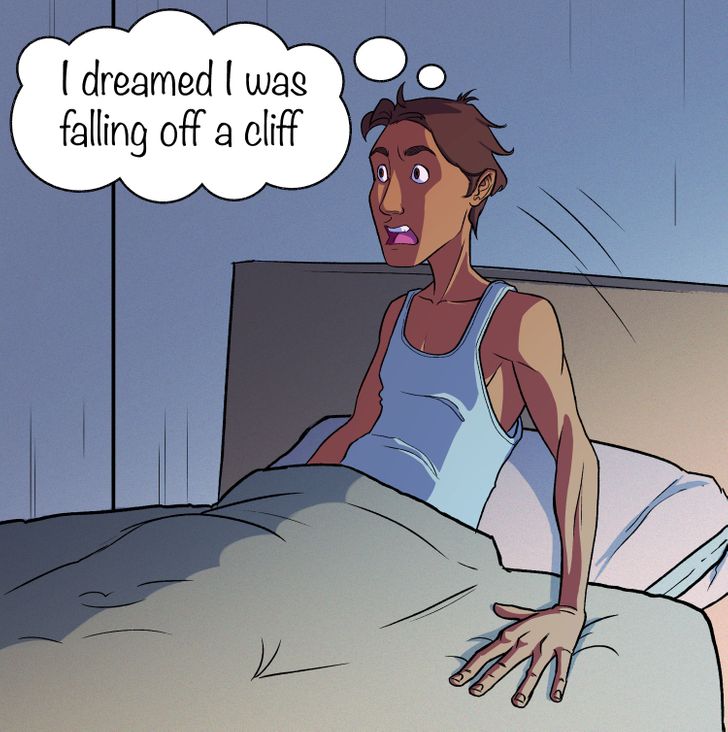
The feeling of falling when you sleep is closely tied to the occurrence of hypnic jerks. But what triggers these sudden muscle contractions? Multiple factors, ranging from lifestyle habits to physiological changes, can contribute to this experience.
Key Triggers Include:
- Sleep Deprivation:
Lack of sleep or irregular sleep patterns can increase the likelihood of experiencing hypnic jerks. When you’re overtired, your brain may rush through the sleep onset process, making these jerks more frequent. - Stress and Anxiety:
High levels of stress or anxiety can disrupt your normal sleep cycle, causing your body to react with sudden muscle contractions as you attempt to relax. Stress hormones like cortisol may play a role in intensifying these sensations. - Caffeine and Stimulants:
Consuming caffeine or other stimulants close to bedtime can delay your sleep onset and heighten the chances of experiencing hypnic jerks. Caffeine disrupts the balance of adenosine in the brain—a neurotransmitter that promotes sleep—leading to an erratic sleep transition. - Intense Physical Activity:
Exercising vigorously before bedtime can leave your body in an elevated state of alertness. The residual adrenaline and increased heart rate may contribute to the occurrence of hypnic jerks. - Changes in Sleep Environment:
Sudden changes in your sleeping environment, such as an uncomfortable bed, unfamiliar sounds, or abrupt temperature shifts, can also trigger these involuntary muscle twitches.
Understanding these triggers can help you take proactive steps to minimize the frequency of hypnic jerks. For additional details on how lifestyle factors influence sleep quality, refer to the Sleep Foundation’s resources on sleep hygiene.

Hypnic Jerks Don’t Always Wake Us Up: The Subtle Transition into Sleep
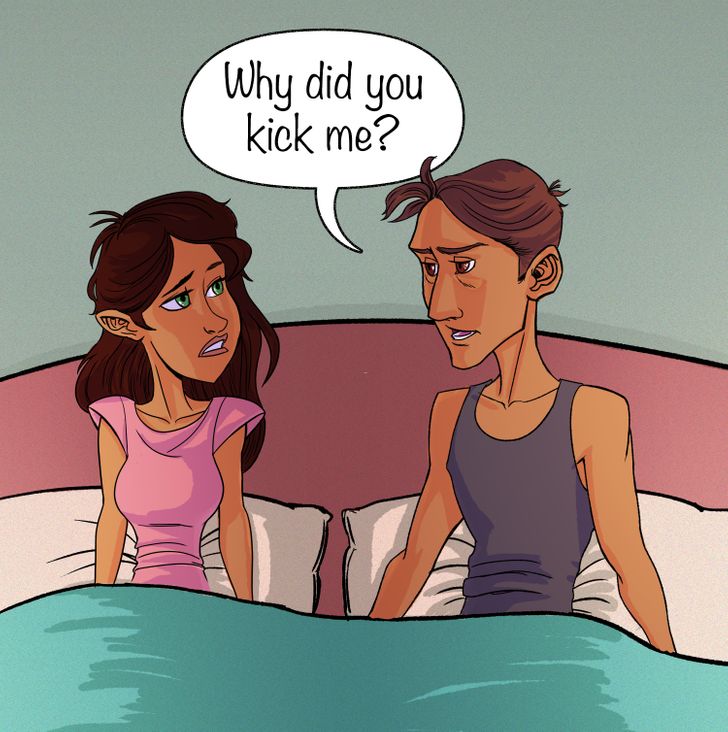
While hypnic jerks are often dramatic enough to cause a brief awakening, they do not always fully rouse you from sleep. In many cases, these muscle contractions occur as a natural part of your body’s transition from wakefulness to sleep, without disrupting your overall sleep cycle.
How Hypnic Jerks Affect Sleep Transition:
- Micro-Arousals:
Hypnic jerks can cause brief micro-arousals—very short awakenings that typically last only a few seconds. Most people do not even remember these micro-arousals in the morning, and they do not significantly impact overall sleep quality. - Sleep Cycle Integration:
The human sleep cycle involves several stages, starting from light sleep (NREM stage 1) and progressing into deeper sleep stages. Hypnic jerks often occur during the transition from wakefulness to stage 1 sleep, marking a normal physiological process. - Frequency and Intensity:
Occasional hypnic jerks are generally benign and part of a normal sleep process. However, if these jerks become too frequent or are accompanied by other sleep disturbances, they could indicate an underlying sleep disorder.
For further reading on the impact of hypnic jerks on sleep cycles, Mayo Clinic’s sleep resources offer expert insights into sleep transitions and disturbances.
When to Visit the Doctor: Recognizing Signs of a More Serious Sleep Disorder
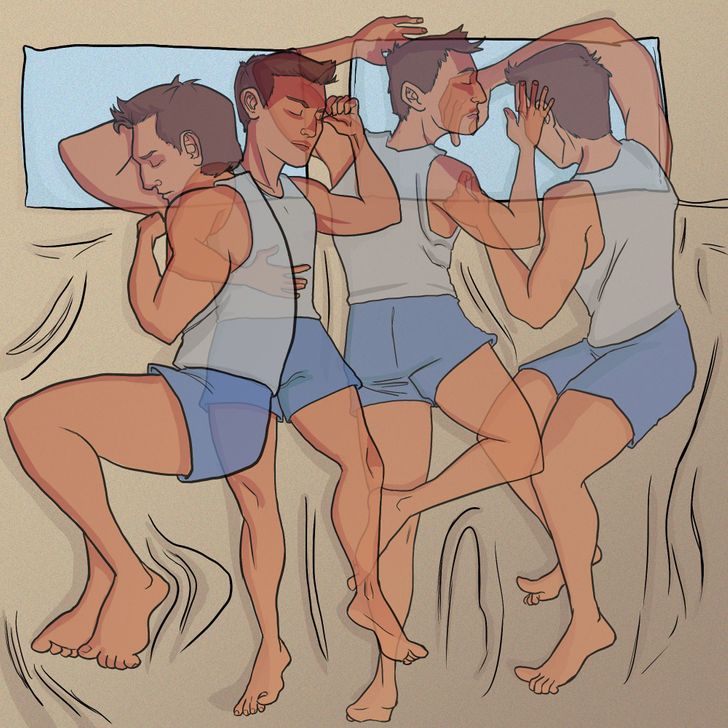
While hypnic jerks are typically harmless, certain signs and symptoms may indicate that your sleep disturbances are more than just a benign occurrence. Knowing when to seek professional advice is crucial for maintaining optimal sleep health.
Indicators That You Should Consult a Doctor:
- Persistent Sleep Disruptions:
If hypnic jerks or the sensation of falling are accompanied by frequent awakenings, difficulty falling asleep, or non-restorative sleep, it may be time to consult a sleep specialist. - Excessive Daytime Sleepiness:
Feeling excessively tired during the day, despite what seems like a full night’s sleep, could be a sign of an underlying sleep disorder such as sleep apnea or insomnia. - Additional Symptoms:
Other symptoms, including snoring, gasping during sleep, or frequent nightmares, may suggest a more complex sleep disorder that requires medical evaluation. - Impact on Daily Life:
If your sleep disturbances are affecting your performance at work, your mood, or your overall quality of life, seeking professional help is advisable. A sleep study or consultation with a healthcare provider can help diagnose any underlying issues.
For more information on when to seek help for sleep disorders, check out the National Sleep Foundation’s guidelines.
Practical Tips for Better Sleep and Reducing Hypnic Jerks
Improving your sleep hygiene can significantly reduce the frequency and intensity of hypnic jerks, allowing you to enjoy a more restful night’s sleep. Here are some actionable tips to enhance your sleep quality:
Establish a Consistent Sleep Schedule:
- Regular Bedtime: Go to bed and wake up at the same time every day to regulate your body’s internal clock.
- Wind-Down Routine: Create a calming pre-sleep routine that might include reading, meditation, or a warm bath.
Optimize Your Sleep Environment:
- Comfortable Bedding: Invest in a quality mattress and pillows that provide proper support.
- Dark, Quiet Room: Ensure your bedroom is dark and quiet. Consider using blackout curtains or white noise machines to block out disturbances.
- Temperature Control: Maintain a comfortable room temperature, as too hot or too cold conditions can disrupt sleep.
Monitor Your Diet and Exercise Habits:
- Limit Caffeine: Avoid caffeine and other stimulants at least 4-6 hours before bedtime.
- Balanced Diet: Incorporate a balanced diet rich in whole foods to support overall health and sleep quality.
- Exercise Regularly: Regular physical activity can promote better sleep; however, try to complete workouts at least a few hours before bedtime.
Stress Management Techniques:
- Mindfulness and Meditation: Practice mindfulness meditation to reduce stress and anxiety before sleep.
- Deep Breathing Exercises: Engage in deep breathing or progressive muscle relaxation techniques to help your body transition into sleep.
For more detailed tips on sleep hygiene, the American Academy of Sleep Medicine provides comprehensive resources to help you improve your sleep habits.
Conclusion: Embrace Better Sleep by Understanding and Managing Hypnic Jerks
The sensation of falling when you sleep, driven by hypnic jerks, is a common and typically harmless phenomenon. Understanding why these muscle twitches occur—and what triggers them—empowers you to take control of your sleep health. While occasional hypnic jerks are normal, recognizing the factors that contribute to them, such as stress, sleep deprivation, and dietary habits, can help you adopt lifestyle changes that promote better sleep quality.
By establishing a consistent sleep routine, optimizing your sleep environment, and managing stress effectively, you can minimize the occurrence of disruptive hypnic jerks and enjoy a more restorative sleep. However, if you experience persistent sleep disturbances or other concerning symptoms, it’s important to consult a healthcare professional to rule out underlying conditions.
Remember, quality sleep is a cornerstone of overall health and well-being. Prioritize your sleep as much as you do your diet and exercise, and you’ll reap the rewards of improved energy, better mood, and enhanced cognitive function. For additional insights and updates on sleep research, be sure to explore trusted sources such as Mayo Clinic and Healthline.
Embrace the science behind sleep, make informed changes to your habits, and enjoy the benefits of a peaceful night’s rest. Understanding why we feel like we’re falling when we sleep is the first step toward transforming your sleep experience—and ultimately, your overall health.

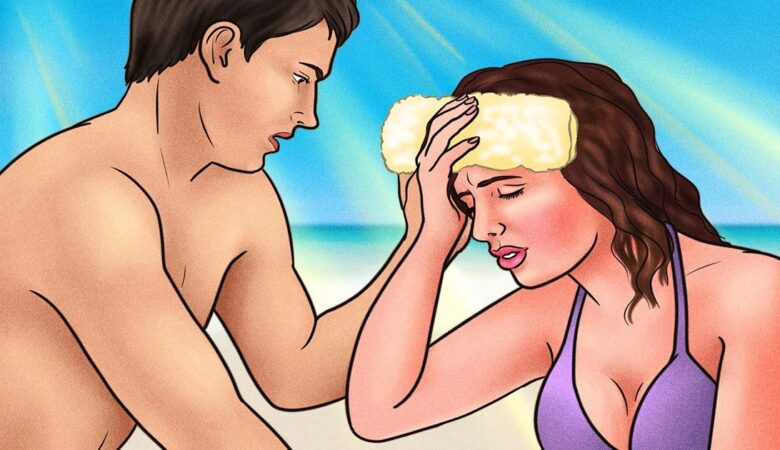
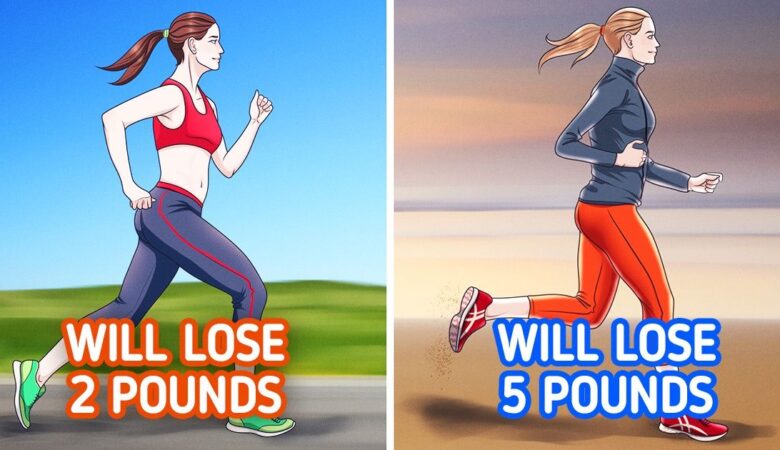
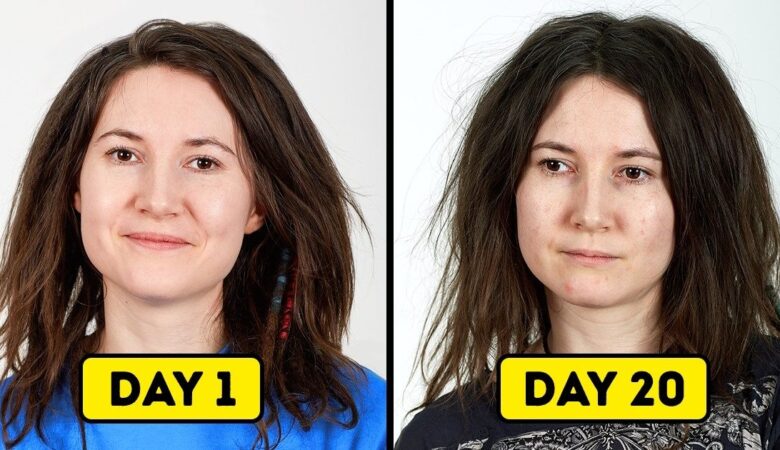
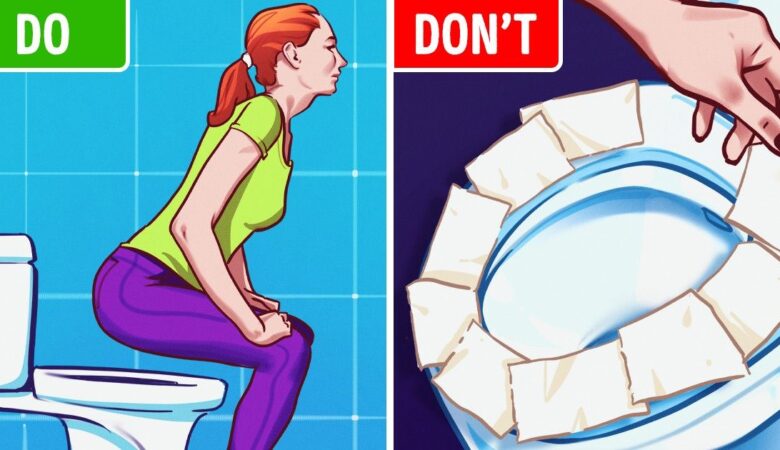



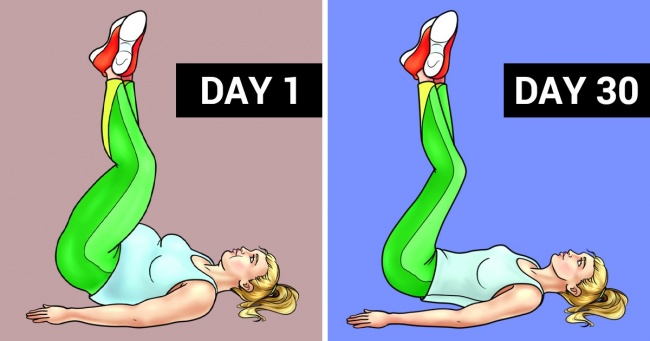
Leave a Reply